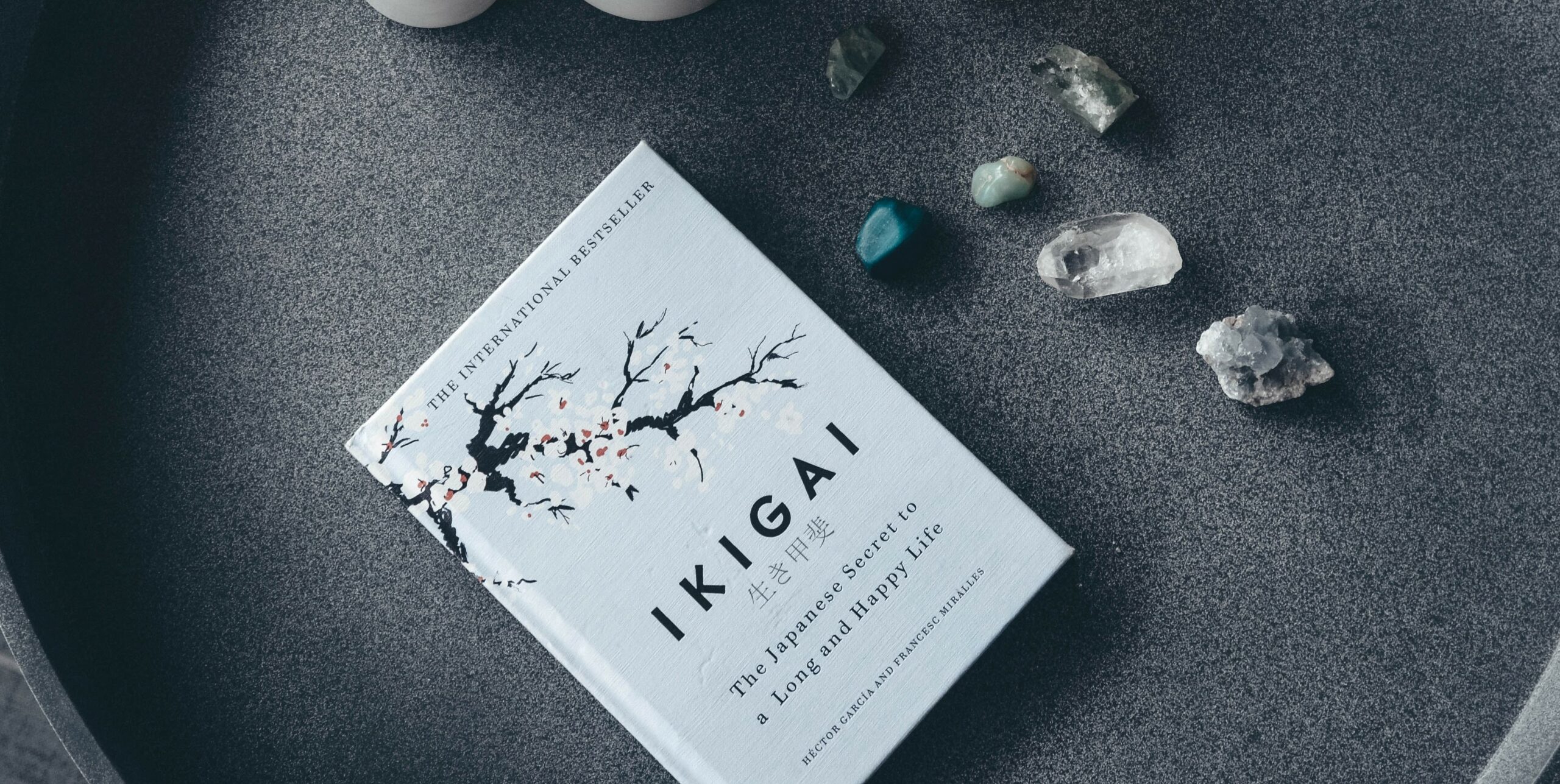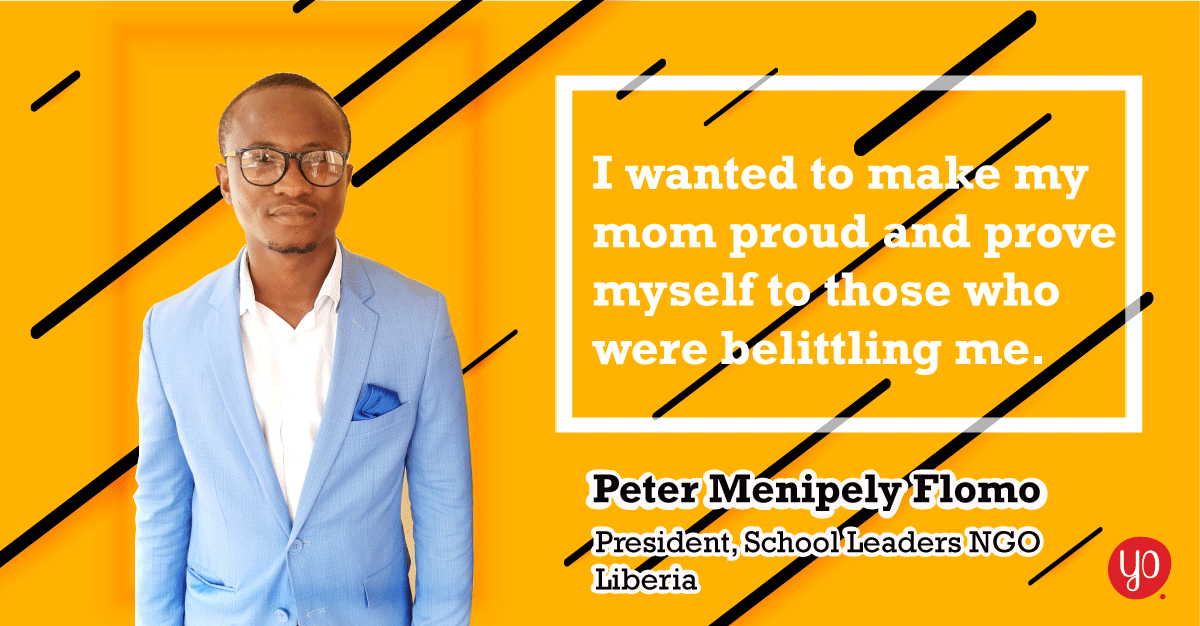On New Year’s Eve, we all craft resolutions and goals — recycling the unticked ones from last year and including the trending ones from the internet. However, in doing so we often leave out the ones we really need to do and can do. Which often results in a set of unaccomplished goals.
And in such cases, recognizing your Ikigai can be of great help. Ikigai is a Japanese concept which means ‘a reason for being’. In other words, it can be also defined as ‘a reason to wake up in the morning’.
The following concepts are inspired by the book Ikigai written by Hector Garcia and Francesc Miller, where they tried to decipher the Japanese secret of a long and happy life, especially focusing on the mindful attitude of the Japanese towards life, including the physical aspects of life such as food, culture, workout practices, and the spiritual perspectives.
Flow is an important part of Ikigai. The definition of which is the deep trance state regarding a work, which someone is passionate about and no external stimuli can affect it in any way. Although intertwined with the Japanese culture of efficient working capability and process, flow can be mastered with patience and practice. The authors described flow as a deep passion hidden inside every individual with a mixture of a mission, vocation, and skill. The diagram below reflects such ideas.
Finding one’s flow is also related to how strongly one faces challenges in one’s work and gets over distractions. There are, however, some background concepts to consider while obtaining one’s flow. One such element is mindfulness which asks about being present in the present moment to enjoy life even while doing mundane daily tasks. This inhibits the mind from overthinking and rushing. Multi-tasking, one praiseworthy skill of 21st-century productivity, can also hinder a person from obtaining the highest amount of efficiency. These ideas promote slow living, which is necessary to focus on the priority goals instead of shifting concentration between different tasks, which deducts attention and produces a less masterful task. Hayao Miyazaki of Studio Ghibli Inc. has gained worldwide fame through his skillful animation. His dedication to such masterful pieces can be an example of flow.
Besides, healthy eating and sleeping, maintaining a social life, working out, practicing religion, and celebrating life can also be some useful elements to lead a balanced and mindful life.
Flow has some association with one’s mindset for one cannot reach such a trance state while feeling lost in life. Practicing resilience, understanding the limits of controllable and uncontrollable situations in one’s life, and embracing imperfection are symbols of the self-compassionate attitude, which is required in order to carry on with one’s zeal and profession.
Everyone has a different definition of Ikigai. As per one’s connection to one’s passion and lens to view the world, practicing Ikigai also varies. The above-mentioned characteristics of obtaining flow are some basic guidelines in order to look for and take up Ikigai. At the end of the day, it’s all about taking small steps in order to accomplish the goals.
For we must remember, it is more about connecting ourselves to the world rather than being influenced by externalities. And the journey of which starts with finding our purpose to live a life.










